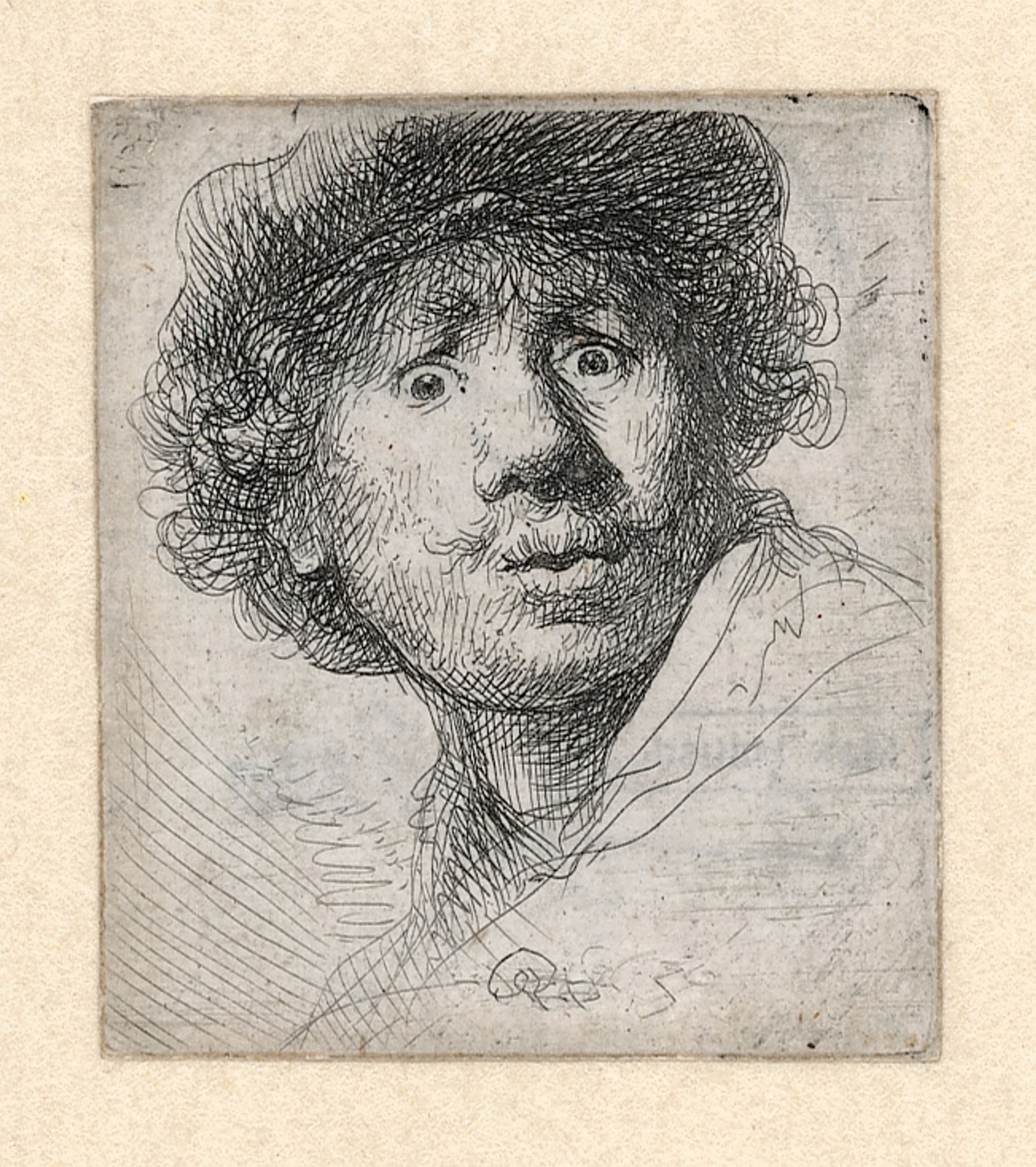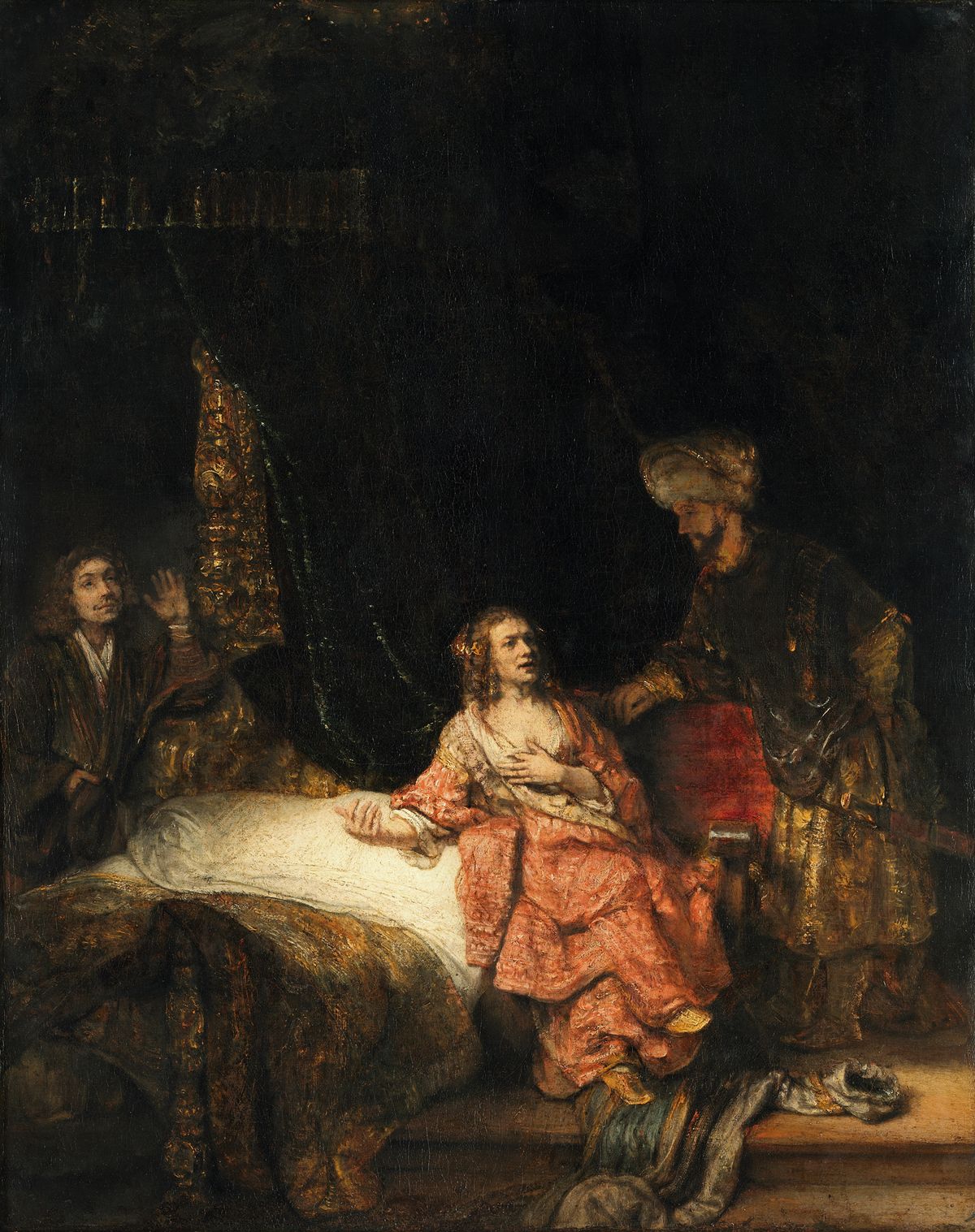Spotlights on the main characters, a loaded pause that precedes the action, expressions that speak through the decades: Rembrandt was not just a master of painting but also one of theatrical arts, according to a new exhibition that examines his involvement with early Dutch theatre.
Directed by: Rembrandt at the Rembrandt House Amsterdam (until May 26) uses new investigations into theatre records in Amsterdam’s city archives to shed light on the Dutch master's art. It suggests he was not experimenting idly with funny expressions in the mirror, chiaroscuro lighting or new rules of composition to convey a sense of movement: he was inspired by early Dutch theatre, which was hugely popular in his time.
Milou Halbesma, the director of the Rembrandt House, says understanding how Rembrandt was involved with 17th-century theatre sheds new light on works like The Night Watch and the “Night Watch of etchings”, The Preaching Christ (around 1648) – also known as “the hundred-guilder print”, because of its extravagant price. “You start to see more and more that every painting is the start of a story,” Halbesma says.
Rembrandt, who was born in 1606 in Leiden, moved to the Dutch capital and lived, worked and sold his art from what is now the Rembrandt House. At the time, street fairs featured foreign troupes like Italian groups performing the Commedia dell’arte form, English and French travelling comic plays and local “quacksalver” healers, whose cures were mostly theatrics. Rembrandt’s famous sketches and etchings show all of these.
Soon, popular clamour led to Amsterdam’s first public theatre, the Schouwburg, built in 1637 on the Keizersgracht and making actors and latterly actresses into celebrated local figures. In 1772, according to a separate exhibition at the Amsterdam Stadsarchief (Behind the Scenes: Amsterdam Theatre in the 17th and 18th Centuries, until 26 May) it burned to the ground leaving only a portal remaining at what is now The Dylan hotel.
But Leonore van Sloten, a senior curator at the Rembrandt House, says the artist was intimately involved with the theatre, sketching popular actors, making an illustration for his friend Jan Six’s critical disaster Medea and above all learning lessons about painting dramatically.

A 1690 study of surprise, one of several self-portrait sketches in which Rembrandt was experimenting with facial expressions Rembrandt House Museum, Amsterdam
“The art of painting is a still art but in paintings like the Night Watch, Rembrandt does everything he can to suggest movement,” Van Sloten said at a press launch. “These are living actors, in a frieze, and these sorts of images would have been in the heads of Amsterdammers who would have looked at Rembrandt’s paintings… But Rembrandt also put himself inside the skin of his characters, full of emotion.”
Using interactive and multimedia displays and loans including Rembrandt’s Susanna (1636) and Potiphar’s Wife Accuses Joseph (1655), the exhibition shows how the artist chose the right moment – often one that makes the viewer complicit in the story – portrayed living facial expressions, symbolic hand gestures and telling postures. His love of costume and theatrical lessons about lighting and composition also fed into the works.
“These paintings are all about sound and spoken text and the great dilemma about this kind of artwork is that it cannot make sound, so Rembrandt does all he can to bring the spoken word into view,” she says. “I find it very exciting.”


